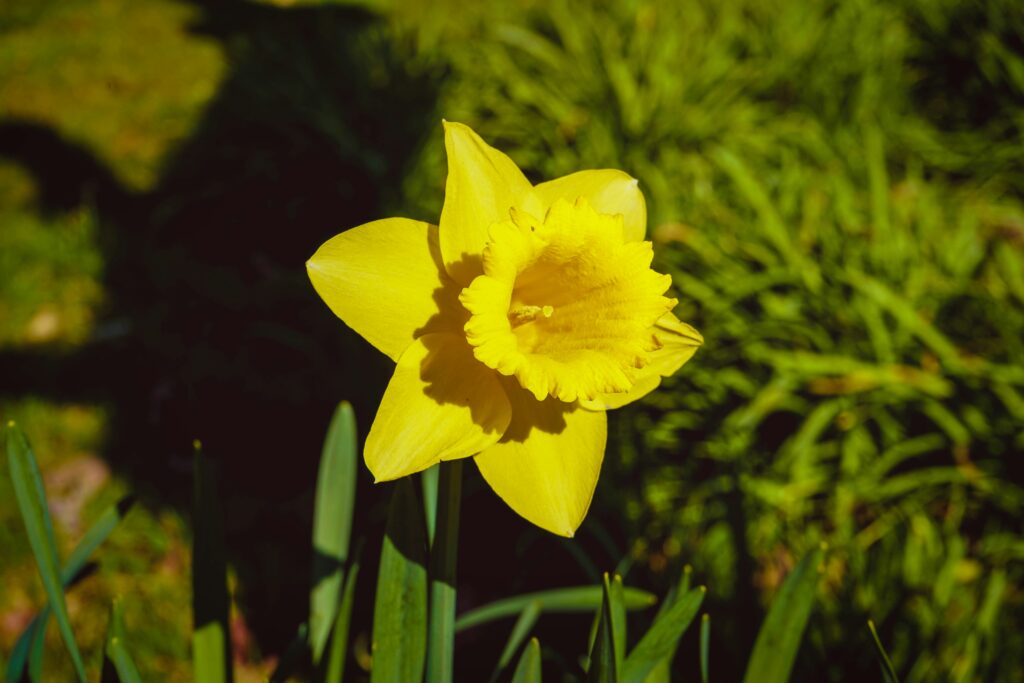Hywel Griffiths explores how Wales’ creativity can help us face the climate crisis
The people of Wales face many environmental challenges – flooding on coasts and in river valleys, pollution from past and present industries, the risk of landslides on valley slopes around former coal mining communities, and a biodiversity crisis. These and other, less visible, challenges such as microplastic pollution are, of course, exacerbated by the biggest challenge of all: the climate crisis. Rising sea levels, more frequent extreme events – rainfall, storms, floods, heatwaves, drought and wildfires – are all likely to impact us in ways that are becoming increasingly easy to imagine. Our landscapes change continuously at various scales, but they are now changing more quickly than we have experienced before, and this will be the case for the foreseeable future.
These environmental challenges are inherently linked to socio-economic challenges. Our landscapes and environments are key aspects of our appeal to tourists from outside Wales, but they also provide us, as Welsh citizens, with key ‘ecosystem services’. They are the places we visit to walk, run, cycle, reflect, recharge and be inspired. To some degree, this has always been the case; we have derived inspiration from these dynamic landscapes for centuries. Some of our earliest stories were inspired by our changing landscape: the myth of Cantre’r Gwaelod is surely the best-known example, which tells the tale of Gwyddno Garanhir’s low-lying kingdom in Bae Ceredigion, flooded when the drunken gatekeeper, Seithennyn, failed to close the flood-gates. Whether the poem that inspired it, part of the Llyfr Du Caerfyrddin manuscript, was an attempt to explain enigmatic coastal landscapes (the sarnau of Bae Ceredigion – glacial deposits stretching out in straight lines into the bay – or the buried forests in Borth beach) or a communal memory of the gradual, or episodic, inland creep of the shoreline committed to verse, it speaks to the creative cultural power of changing landscapes.
The urban, industrial and post-industrial landscapes of Wales have inspired poetry, song and prose,
The poets of the princes (twelfth and thirteenth century) and poets of the nobility (thirteenth to sixteenth century) used landscapes to great effect, seeing their grief for their patrons reflected in the wildness of storms or in flooded rivers, for example in Gruffudd ab yr Ynad Coch’s elegy for Llywelyn ap Gruffudd. The landscape was also a more ‘everyday’ occurrence in their work: in a fifteenth-century cywydd Lewys Glyn Cothi calls on God to build a bridge over the Afon Tywi after a flood prevented him from travelling from the court of one patron to another. In recent times landscape in poetry has become more obviously politically charged as poets and songwriters responded to the appropriation of landscape for commercial forestry and reservoirs, and to disasters such as the Aberfan landslide, and – in the case of the flooding of Capel Celyn especially – this response continues to influence our perceptions of environmental management. The urban, industrial and post-industrial landscapes of Wales have also inspired poetry, song and prose, and continue to do so as they rapidly change.
Climate, landscape and poetry have a history, then. But, practically, today, what use can poetry be in the climate crisis? An englyn is no sandbag, after all. I would argue, however, that we should turn to poetry, and the arts more generally, as we face the coming storms, for four main reasons (I’m sure there are others).
Gofod i drafod, dadlau, ac ymchwilio.
Cefnogwch brif felin drafod annibynnol Cymru.
First, poetry can be a vehicle for communicating science. Public discussion around climate change, the extent to which we have to change our practices and systems, and how we must act to mitigate inevitable climate change impacts, has been – and in some cases continues to be – debated without much reference to scientific understanding and the nature of how science operates. Poetry, through the use of imagery and metaphor, can effectively communicate and inspire engagement with the science of climate change and where else could this be done, if not in Wales?
Second, as I have outlined, poetry in Wales is inherently linked to landscape, whether coastal, upland, rural or urban. Our landscape is a repository of legends, place-names, social, cultural and political history, and a way in which those things can be preserved, transmitted, reassessed and reimagined. It is also a way of encouraging an appreciation of nature, encouraging a sense of stewardship (in its best sense), and hope.
Poetry is a social, often communal, activity in Wales and poetry’s power can facilitate important conversations.
Third, poetry can help us understand different perspectives. No-one has a monopoly on how Wales should respond to climate crisis challenges and Wales’ diversity of landscapes and communities mean that a conversation is needed so that we can appreciate others’ perspectives and concerns. Poetry is a social, often communal, activity in Wales and poetry’s power can facilitate important conversations.
Finally, and related to all of the above, poetry can inspire a sense of solidarity, both with individuals and communities in Wales whose circumstances are very different to our own, as well as with communities across the world, many of which are facing threats of an even more severe nature.
In recent years I’ve been lucky enough to bring my creative and academic work together through a number of projects and to try to put some of the above into practice. In 2021, I was given the opportunity to be one of four artists-in-residence for the Our Picturesque Landscape project, funded by the Heritage Lottery Fund through the Dee Valley and Clwydian Hills Area of Outstanding Natural Beauty and the Pontcysyllte UNESCO World Heritage Site. The wider aim of the project, inspired by the area’s history as a destination where the picturesque could be experienced, was to encourage and enable communities to engage with places in the area, some of which, perhaps, were away from the main tourist draws. I held poetry workshops with Ysgol Min-y-Ddôl in Cefn Mawr, and Ysgol Gwernant and Ysgol Dinas Brân in Llangollen, focused on exploring the places the pupils value along the valley, what they did along the river, and what it meant to them. We created poetry about their milltir sgwâr. I also talked to other writers, Natural Resources Wales, Canal and Rivers Trust and local authority staff, to learn about their relationships with the landscape. Based on all of these experiences, and a lot of walking, listening, reflecting and leaning over bridges, I wrote poems for six locations, all on the banks of the river or canal, reflecting on the intersections of history (particularly of industry and tourism), culture, and landscape, and published them using the increasingly popular technology that enables 3D tours of landscapes. A QR code takes you to the first site, from which you can explore a further five.
One of those sites was Horseshoe Falls, for me a microcosm of so much of Wales. Set in a stunning location, downstream of a wonderful example of an incised meander, most people visit to enjoy Afon Dyfrdwy cascading over a shallow, curved weir, white water shining like a crescent moon. They sit, and swing on ropes over the water and swim and picnic and visit the historic church a stone’s throw upstream, enjoying the views of nature and landscape. Some wander along the canalside path, where the river’s water is first diverted into Telford and Jessop’s marvel of engineering, into an industrial landscape, ultimately now destined for a reservoir near Nantwich in Cheshire. The parallels with the Elan valley, so popular with visitors thanks to landscape aesthetics, but essentially an industrial, largely unnatural landscape (in terms of water flows and vegetation cover), were striking. In 2017, I led a group of writers and geomorphologists (earth scientists who study landscape processes and forms) around the Elan valley, in conversation about the anthropocene. The resulting poetry and prose were an example of sharing different perspectives and communicating them creatively.
I hope that these activities could be considered as two possible models of how poetry, and poets, can contribute to a climate crisis response in Wales, drawing in as many people as possible from across the country. There will be many opportunities to take part over the coming years – to create, in a spirit of hope, as our landscapes change around us.
This article is published as part of the welsh agenda Land series. Contact us to find out more.
All articles published on the welsh agenda are subject to IWA’s disclaimer.




